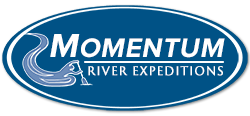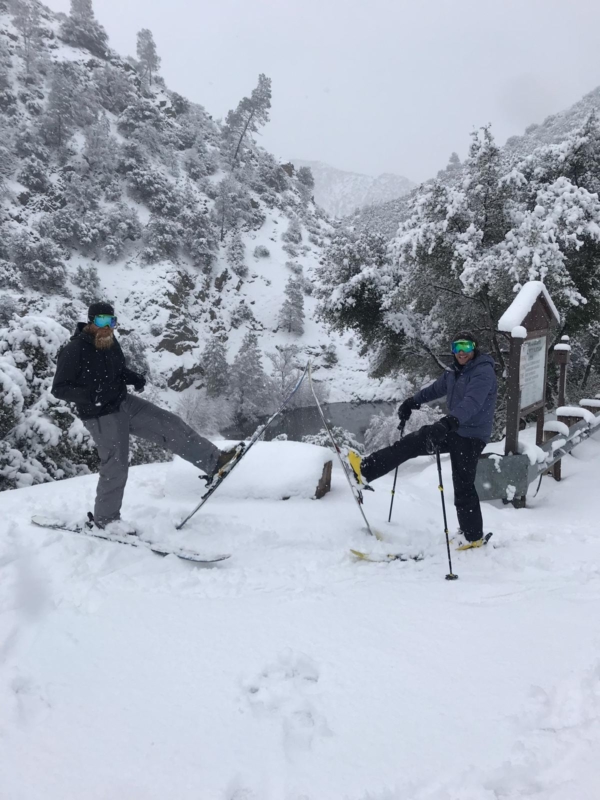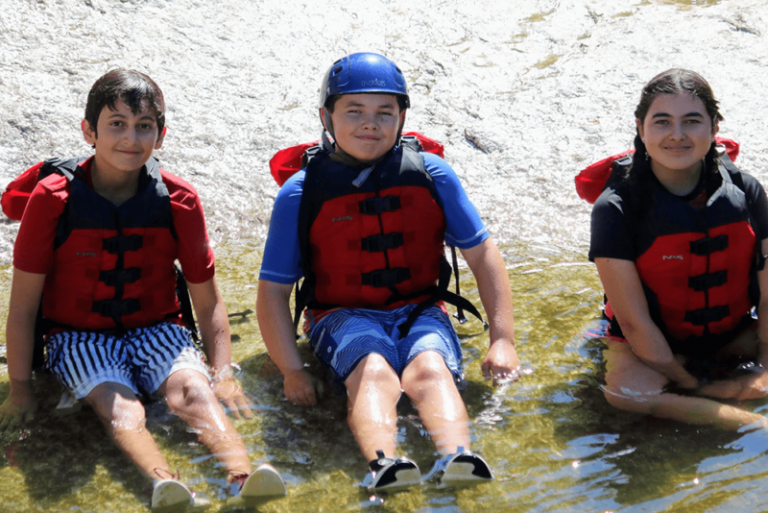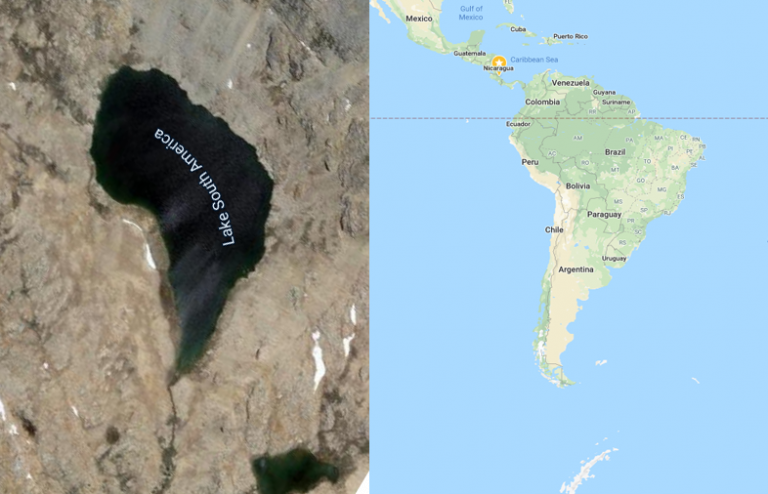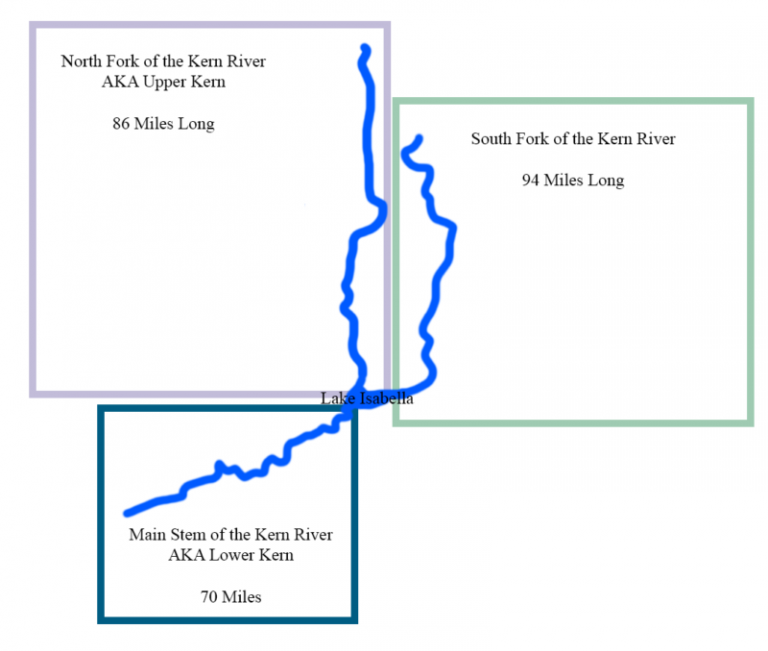It’s not code, but it sort of is
Your first english teacher may have told you that Eskimos have 50 different words for snow. And from my brief research, it appears they were right. You can apply that to river guides describing water too. We don’t use weird words to sound cool or for obfuscation, that’s just what they are, and sometimes those words or phrases is the best way to describe the scenario. Below is a glossary of what we say, and what we mean.

Blue Angels: When your boat spacing is so tight you’re like the Blue Angels.
Burping your drysuit: When you release the air in your drysuit by compressing it (typically by squatting down) and opening your neck gasket.
Bus Stop: When everyone, excluding the guide (driver), falls out of the raft. Sort of like a bus dropping the kids off at school and then driving away.
CFS: Cubic Feet per Second. This is how the volume of water is measured in a river. When a guide says “The river is at 2,000 today,” they are referring to the rivers CFS. We go into it more in this post.
Clean line: The line in a rapid that is safe and is likely free of a raft having issues. Does this mean that the opposite of a clean line is a dirty line? Nope. We call these bad lines.
Dropping in: Refers to entering a rapid. “I dropped in river right and aggressively ferried back left.”
Dry Flip: When you flip a raft, but manage to jump over the tube and land on the upside-down floor of the raft, effectively staying dry.
Dump Truck: When everyone, including the guide, falls out of the raft.
Eddy: Not sure where this name comes from, but an eddy is when water travels back up river. Also a great dog name.
Eddy Fence: The surging water between an eddy and the current rushing passed it.
Eddy Line: You could argue it’s the same as an eddy fence, but it typically is not as dramatic or powerful as an eddy fence.
Eddy Out: To eddy out is to get out of the current and pull over in an eddy.
Endo: When the raft flips end over end.
Ferry Angle: Refers to the angle you want to maintain while in the current to get to another place (usually on the other side of the river).
Follow the Bubble Line: A feature often discussed while scouting. “Follow the bubble line” literally means to follow the bubbles that lead to a particular spot in a rapid.
Ghost stroke: When someone in a paddle boat paddles outside of the guides command. Often occurs when you have too many guides in a raft and they’re reading the water differently in an effort to change the angle of a raft. Very much frowned upon, but in the too-many-guides-in-a-raft example, often happens subconsciously.
Haystack: Water spray that shoots up from a breaking wave or hole, looks like hay being thrown from a haystack.
Highside: Refers to climbing / jumping to the high part of a raft to prevent it from flipping over.
Hole: Similar to a wave but the water is flowing upstream. Picture a crashing wave in the ocean. Generally avoided.
Lateral wave: Most waves and holes on a river are horizontal to the rapid. Meaning if you are facing perfectly straight down river, you are lining up perfectly straight for the wave or hole. Lateral waves / holes are angled sideways, which means as you drop into the feature, you must adjust the angle of your raft to match the angle of the wave or hole.
Lily Dipper: Someone that is barely dipping their paddle into the water.
Loadie: A lazy river guide. (KRO is loadie free.)
Pool-Drop: Pool-Drop refers to the hydrology of the river. A pool-drop river means the river has a calm, flat pool of water, followed by a drop, which is then followed by another pool of calm water, and so on. The drop doesn’t necessarily mean a vertical drop, it could be a Class II riffle, or it could be a class V rapid. The Lower Kern is pool-drop.
Portage: When you pull the raft over onshore and carry it around a feature that is unrunnable.
Riding the Bull: When a guest rides the front of the raft, with one hand holding onto the bowline, similar to riding a bull.
River Right / River Left: When describing anything on a river, direction is always on the assumption you are facing down river. So a wave train on river right, refers to the righthand side of the river, even if you are downstream of it looking up.
Scout: Scouting is when you pull over above a rapid and look at it from the shore, examining which line to take for safe navigation.
Sticky Hole: A hole that is hard to be punched through in a raft.
Sweep Boat: The last boat in the lineup. The sweep boat carries all the safety equipment. Confusingly, sweep boats on the Middle Fork of the Salmon in Idaho refer to the boat that goes ahead of the group.
Tongue: Also referred to as a V. The tongue is usually a V shape of smooth water leading into a rapid.
Trip Leader: All rafting trips have a guide that is the leader / organizer of the whole trip. They are called the Trip Leader, or TL.
Two load…eight load: Refers to how many guests you have in your raft. “I paddled a four load today,” means the guide had four people in his raft.
Tube stand: When a raft stands as perfectly vertical as possible without flipping over. Presents a great highsiding moment.
Turkey Boat: A pack of wild turkeys is called rafters, which means a pack of wild guides in a raft is called a Turkey Boat. These are training rafts comprised of only guides tagging along on a commercial trip.
Wave Train: A series of waves that are back to back to back. Typically wave trains are clean lines, because they are void of holes. Not always though.
